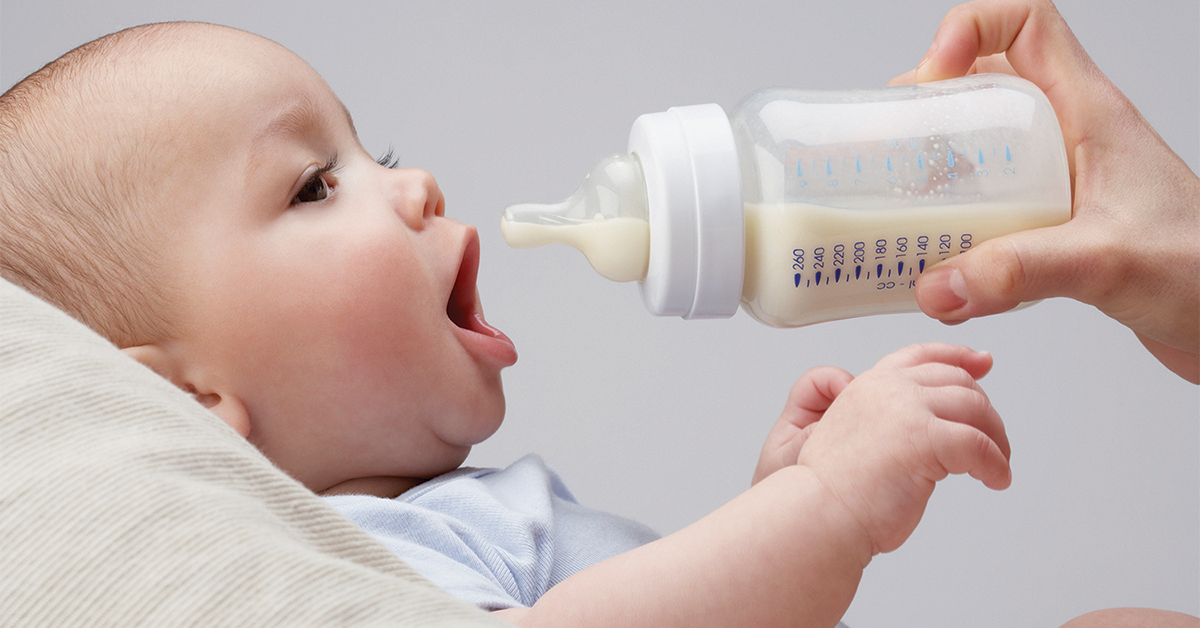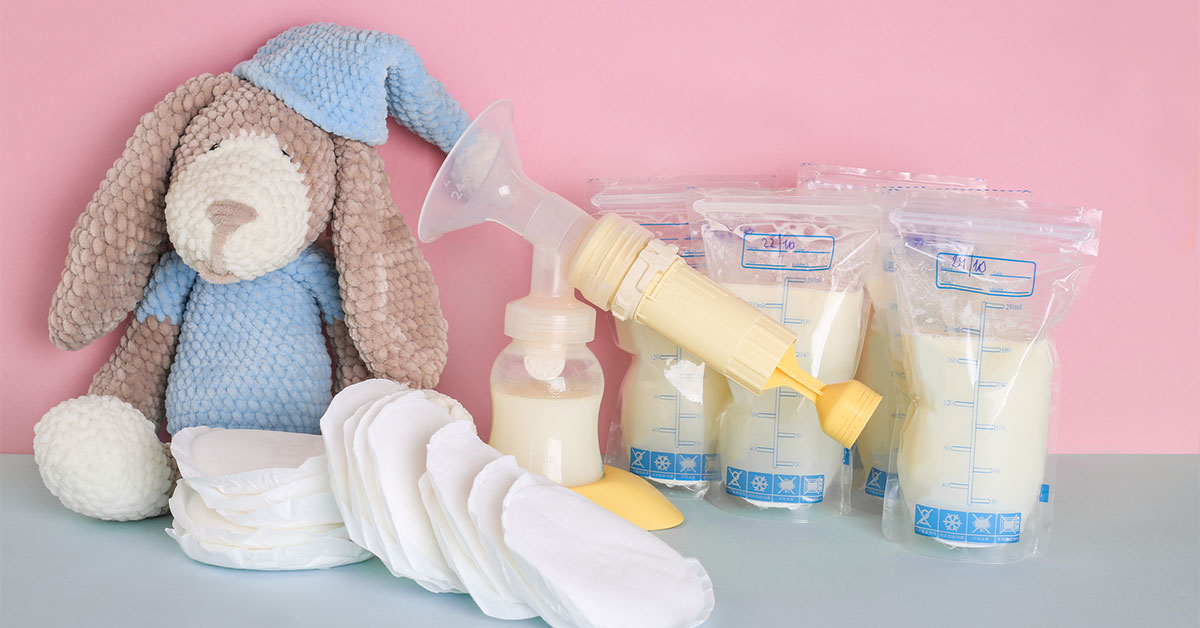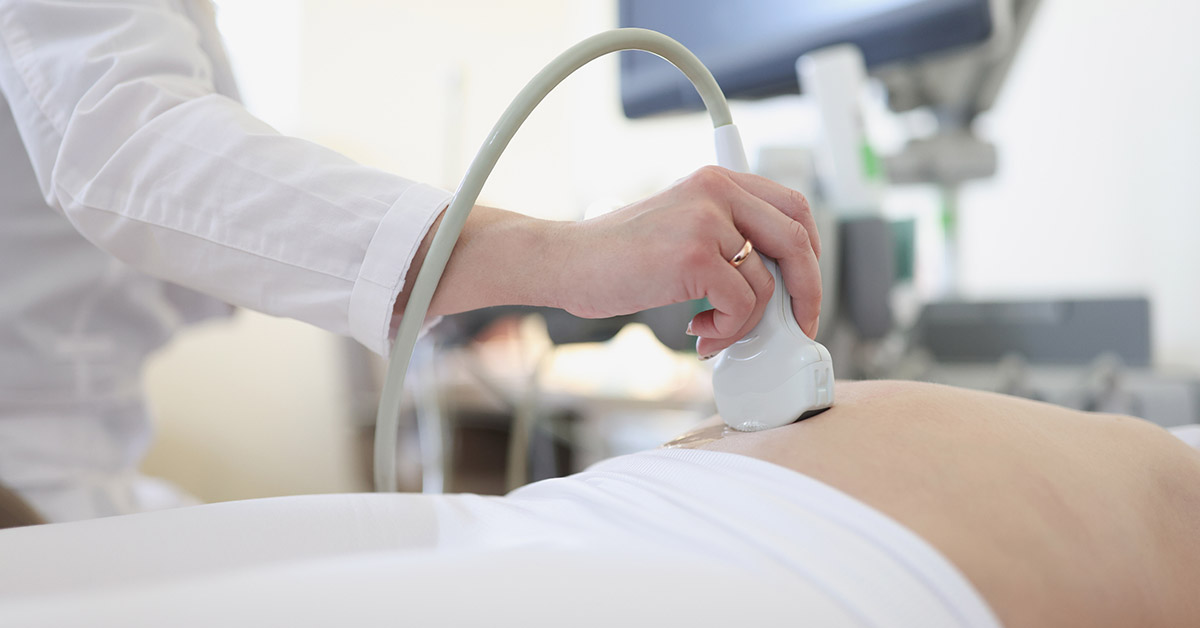Breastfeeding has benefits for you, your baby and your budget. At Welia Health, we’re here to support you in your breastfeeding journey. In our experience, we find myths abound when it comes to breastfeeding. So we’re here to debunk some of the most common ones.
Myth: Breastfeeding should come naturally.
One of the common myths about breastfeeding is that the process should come naturally. But breastfeeding is actually a learned behavior, a skill. So while it’s biologically natural to breastfeed a baby, it takes practice, persistence, patience, and more practice and patience to master—and postpartum, patience is anything but virtuous.
Breastfeeding can be downright frustrating at first. But it’s so worth it. If you want to breastfeed your baby, it’s important to understand the other common breastfeeding myths.
Myth: Small breasts won’t make enough milk.
Breast size is determined by the amount of fat tissue. Milk-making capacity is determined by milk-producing cells in the breast’s glandular tissue.
Myth: Nipple shape matters.
Just as breast size differs and doesn’t matter in breastfeeding, nipple shape has little impact on successful nursing. During pregnancy, your breasts naturally undergo changes that ready them for breastfeeding. Even before your baby is born, the area around your nipples thickens, and glands in the areolas produce oils for lubrication and protection.
Flat or inverted nipples may self-correct when the baby arrives or just after—or they might not impact breastfeeding at all. Nipple shape can, at times, make breastfeeding somewhat more challenging. An experienced lactation consultant can help and might suggest breast shells or nipple shields, or manual manipulation of the nipple or breast.
Myth: Nipple pain is normal.
There’s a big difference between “common” and “normal.” Nipple pain is common, meaning many women experience it. But nipple pain is not normal. Nature designed breastfeeding to feel good, flooding a new mother’s system with feel-good hormones that relax us and spark mother-infant bonding. Pain fills us with stress hormones. When nipple pain occurs, it’s likely that there’s an issue with the baby’s “latch” or how the baby’s mouth is positioned on the nipple. If you dread nursing, are tense as your child nurses, or feel pain, something is amiss.
At Welia Health, we have board-certified lactation consultants who can help with your breastfeeding positioning and your baby’s latch. Contact us to make breastfeeding better for you and your baby.
Myth: If breastfeeding starts out difficult, it will just get worse.
Many women overcome breastfeeding challenges in a relatively short time period. Nipple pain, for example, can be an easy fix because it’s often due to a baby’s poor latch. Low-milk production or a baby who cannot latch can be more complex challenges to solve. But with the right support—and plenty of practice, patience and perseverance—you can successfully nurse your baby.
Myth: Skipping feedings won’t affect my production.
When you breastfeed your baby, it sends a message to your breasts and brain to produce milk. If you feed your baby from a bottle instead of the breast directly, extra milk can build up and engorge your breasts, which signals the brain to slow down milk production. To avoid engorgement and lower milk production, pump whenever your baby is fed with a bottle.
Myth: You will probably need to wean when you go back to work.

Don’t let going back to work end your breastfeeding if you want to continue. You should be able to maintain your milk supply if you can pump once every three hours. If it’s not possible to pump that much during work (or you don’t want to), you can pump at other times and breastfeed when you are home with your baby. For example, you can pump immediately after breastfeeding at home, especially on weekends, to sustain milk production and store milk for the workweek.
Many working moms breastfeed their baby in the morning before leaving for work, in the evening after they get home, and on weekends and holidays. Then, caregivers feed the baby pumped breast milk or infant milk substitutes (formula). If you don’t pump at work, your milk production may decrease a little or it may decrease significantly.
By law, employers must provide nursing mothers with reasonable unpaid break time to express milk (pump) and a private room or other location for pumping, other than a bathroom or toilet stall, with access to an electrical outlet and in close proximity to the worksite. Employers can be held accountable for damages that occur due to non-compliance with this law.
Bottom line: It’s your right to breastfeed your baby, and pumping at work is a key part of that process if you want to continue to breastfeed after you go back to work. You may need to be creative, but it is possible to work and continue to breastfeed.
Myth: You need to breastfeed every two hours.
During the first couple weeks of life, babies should be fed every 2 to 3 hours (or about 8 to 12 times in a 24-hour period), according to the American Academy of Pediatrics. But once your baby is back to birth weight (by two weeks at the latest), you can start nursing when your baby shows signs of hunger or feeding cues. These signals include restlessness, smacking and licking lips, sucking on hands, or opening and closing her mouth. For most babies, a predictable feeding pattern emerges within a few weeks.
A related myth is that you should never wake a sleeping baby to breastfeed. But that’s only true if your baby is older than three months and a well-established breastfeeder. Days-old babies sleep a lot, and to create a breastfeeding routine and give your baby enough energy, you’ll need to wake her up and nurse her.
Myth: You can’t take medications when you’re breastfeeding.
Many medications are okay to take when you’re breastfeeding. If you’re taking one that isn’t, there might be a safe substitute. Your Welia Health provider can look up the most recent information on any medication you need.
If you have to take medication that is deemed unsafe during breastfeeding, pump and discard your milk while you’re taking the medicine. Then, just resume breastfeeding after it’s no longer in your system. Your Welia Health provider is happy to guide you through this process.
Myth: You have to “pump and dump” after you drink alcohol.
After you’ve had a drink, alcohol will leave your milk at the same rate that it leaves your bloodstream. To ensure your milk is alcohol-free, wait at least 2.5 hours before nursing again. You also could pump milk ahead of time in case your baby is hungry while alcohol is still in your system. Drugstores also sell dip test strips that you can use to make sure your milk isn’t tainted with alcohol. (See 6 Best Breast Milk Test Strips for Alcohol)
Myth: Breastfeeding will make my breasts sag.
Breasts will always change after pregnancy whether or not you breastfeed. Most women find that their breasts go back to their pre-pregnancy size and shape after they stop nursing. Age, the effects of gravity and changes in weight have more effect on breast size than nursing.
Myth: Formula is the same as breast milk.
Formula and breast milk both provide energy, hydration and nutrients. Your baby will grow regardless of whether you feed her breast milk or formula. But breast milk is the ideal food for your baby. Advances in formula will never come close to matching the health benefits* of your breast milk. Plus, breast milk is free!
One more fact about breastfeeding before we go.
Breast milk-fed babies have been studied to have reduced risks of:
- Adolescent and adult obesity
- Asthma
- Celiac disease and inflammatory bowel disease
- Childhood leukemia and lymphomas
- Ear infections
- Gastrointestinal infections
- Respiratory infections, including bronchiolitis and pneumonia
- Serious colds
- Sudden Infant Death Syndrome (SIDS)
- Throat infections
- Type 1 and Type 2 diabetes














